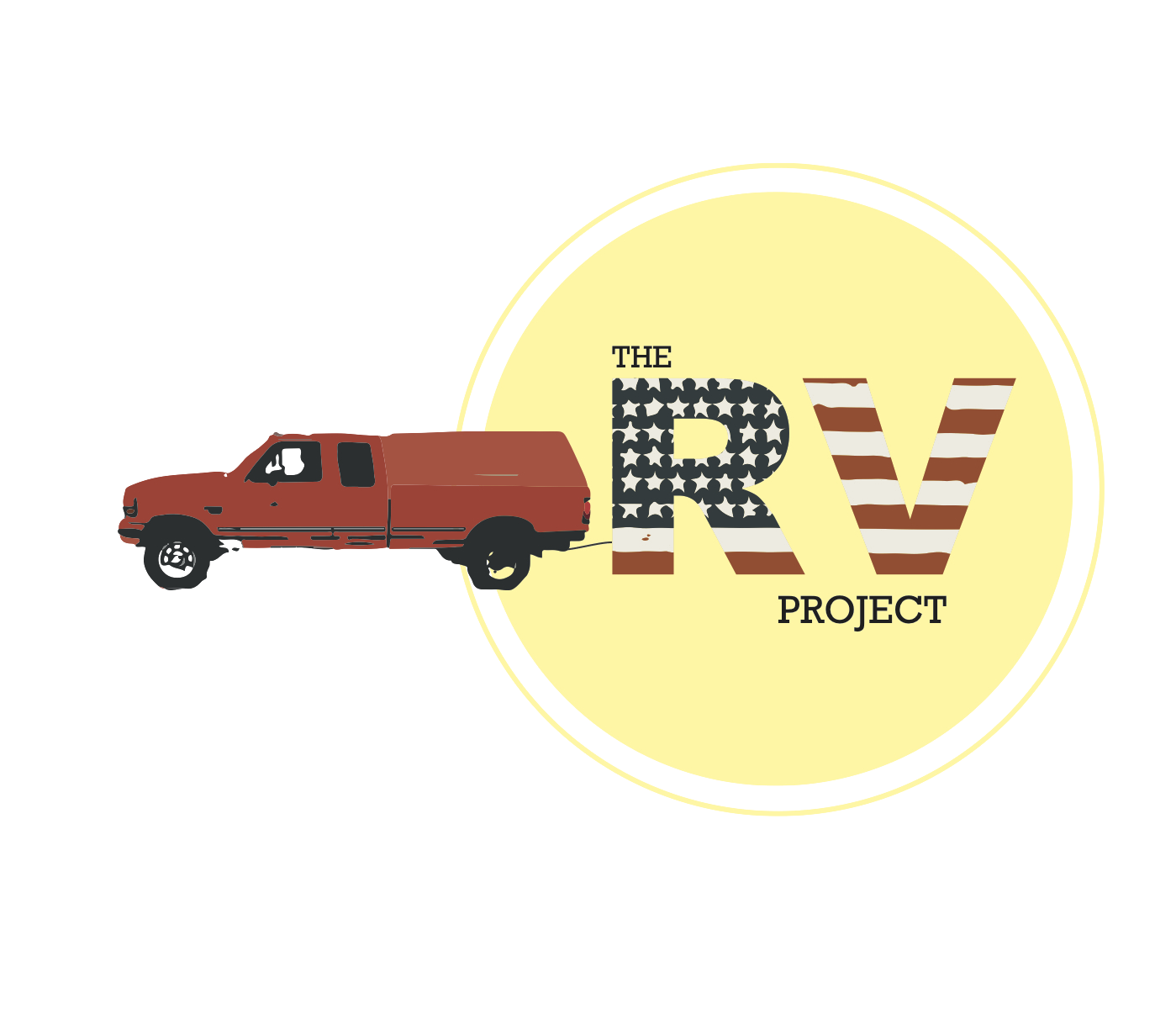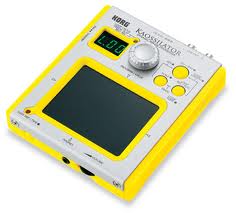Being able to climb across the United States has already been an experience we will never forget. Getting from California to Texas to Alabama (…and so on…) has also been memorable, but more of a memorable headache. The logistics of planning a road trip from state to state can get overwhelming, this is one of the reason we recommend to check these guys out so you can get perfect vehicles. We’re hoping to ease this pain with the tips and helpful websites we’ve accumulated on our travels. We’ll continue to update this post as new tips ‘n’ tidbits come up!

In order to try Kaleidoscope, like Spenser here, you have to get yourself to the Red River Gorge first…
1. Get a smart phone. To be more specific, get a Verizon smart phone. In our experience, Verizon has the best service across the United States. This is important because if you don’t have service, you won’t have access to the internet so your smart phone is essentially useless (except for possibly chucking at your travel partner when you get into a tiff). This will cost you about $50 more per month than a regular phone, depending on what type of data plan you go with, but it’s worth it. My Samsung Galaxy has been our lifeline. You can certainly go without it, but this allows us to plan as little as possible. UPDATE: I wrote this post before we arrived in New Paltz, NY. Verizon and New Paltz do not get along. Apparently, Sprint and AT&T are the carriers to have here. Everywhere else though, Verizon. I swear. This brings up a very important point: do not EVER plan on relying solely on your cell phone. Even in our technologically obsessed society, many climbing destinations are still somewhat remote, which means you will not have cell reception.
– Download Google Maps, if your phone doesn’t come with it already. It is the best application to map your route from place to place. Also a quick and easy way to search for amenities nearby, such as a coffee shop or a grocery store.
– Download a gas application. We use Gas Buddy, but I’m sure other ones work just as well. It’s great for finding cheap gas when you have no idea what the prices are in your current location. It immediately searches for gas prices closest to you and is user updated, so you can tell if the price is actually up to date. It’s been interesting to see how gas prices can change from one exit to another. Great money saver!
2. Get an atlas. You’ll need this in case you don’t have cell phone reception. Also, Google Maps does not work as well in rural areas, if you are lucky enough to even have service. It’s a necessary back up and it’s also a good way to keep track of the routes you take on your travels (we just make notes directly on the map).

We’ve parked our trailer in some very (in)conspicuous places. Here we are in Santa Barbara, waiting for Bert to get repaired.
3. Find a rest stop/place to sleep. Depending on your choice of vehicle, you will have different options of truck/rest stops that you can take advantage of while traveling from destination to destination, if you do not have a vehicle just yet, check this 2021 Venture Rv Stratus SR261VBH. Our particular truck-and-trailer combination totals a stout 53 feet long with a laughable turning radius. Having a house on wheels has pros and cons – pros including pulling over to sleep wherever you want, while cons include the inability to go up steep and/or windy roads (that often lead to great climbing locations). When choosing your road trip vehicle, keep in mind that the type of vehicle you choose will affect where you can drive and stay. Since our truck-and-trailer combination brings us to over 50 feet, truck stops have been our optimal choice for staying overnight, getting gas, or just taking a quick nap. Here are our favorite websites that will assist you in finding a rest stop that fits your needs:
– http://www.findfuelstops.com/ You simply type in your origin and destination points, then check off the amenities you are looking for, such as internet or showers, and BAM! you have a list of truck stops on your route. If you omit a destination, it will show a list of truck stops within 100 miles of the origin city/state you typed in. It’s nice because it will specifically state what amenities are provided at each location (overnight parking, lodging, bathrooms, gas, etc.) and give you the exit for each (to get specific directions you will need to find the truck stop via Google Maps). The only negative is that it doesn’t have full information on each truck stop, so as always, use at your own discretion. I miss having a job where you are supplied with a fuel card or your travels. If you are asking, what is a fuel card and how it can work for employees… Well let me tell you, if you manage a fleet, you can’t live without this. It makes it super easy to track and keep your fuel costs in check.
– http://www.findfuelstops.com/truck-stop-on-I-10 We chose to take the I-10 all the way through the southern states, since it’s the fastest and most common way to go, although there are other options. This specific website is nice because it provides all the truck stops along the I-10, distinguished by state.
– http://www.interstaterestareas.com/ If you are solely looking for rest areas along interstates and have a [relatively] small vehicle, you can use this website. It provides rest stops and welcome areas across the United States, separated by state and specific interstate it is on. Downside: it does not state whether or not you can overnight at these rest stops, so be sure to call ahead and check.
– http://www.i95exitguide.com/restareas/index.php If you’re traveling along the East Coast, you will likely be using I-95 which extends from Maine to Florida. The I-95 Exit Guide is a great go-to for information from rest areas to tolls to city guides. It’s important to point out many states on the East Coast will not allow you to park overnight in rest stop areas. This website is great because it will inform you on whether the states allows overnight parking, if it is frowned upon (seriously), or if it is simply not permitted. This website is great if you’re looking for a certain amenity, it lists if each rest stop provides free wifi, food options, and even picnic tables in case you want to pull over for a quick bite.
– If all else fails, there’s always Wal-Mart. Yep, most Wal-Marts will let you camp overnight in their parking lots in the hopes you will purchase [insert item you do not need] from them in the morning (or in the middle of the night, since many are open 24 hours). It’s incredibly convenient when you can’t find a rest stop on the way, or if you are in Connecticut, like we just were, where they do not allow overnight parking at rest stops. We haven’t had an issue yet, but apparently certain Wal-Marts will not let you park overnight. For a list of these, click here.
4. Stay awake. This is also known as the need for constant road trip entertainment.
– The This American Life application. Entertainment and education bundled into a radio program. Not to mention it’s addictive. The last episode Spenser and I listened to was a riveting exposé on the massacre of Dos Erres, a village in Guatemala. You have to hear it to believe it.
– Make sure to download podcasts or shows before you depart, or else poor service will likely get in the way of your entertainment.
– The Kaossilator. Will Wolcott introduced us to this amazing toy last Bishop Thanksgiving. This portable touch pad synthesizer provides endless DJing entertainment potential, unless you run out of batteries.
– Purchase an inverter. The one we have plugs directly into the cigarette lighter in your car and has three-prong AC plugs on the opposite side that you can charge your electronics on. Word of warning: due to the variable nature of the power the inverter provides, the charger you use will die eventually (although it should not affect the item you are charging), so just be prepared to have to replace it (our first cell phone charger just went kaput after about a month of frequent use). You can pick one up at your local Best Buy, or online on eBay or Amazon.
5. Need drugs? Prescriptions can be a big pain to refill on the road. I sadly have monthly prescriptions I need to deal with and have found that Wal-Mart is the best option for that. Wal-Mart is everywhere. Yes, it’s a sad realization about our country, but it’s the way it is so I figured I might as well make my life easier by using it to my advantage. Transferring your prescriptions to the first Wal-Mart takes about 24 hours, and then transferring from Wal-Mart to Wal-Mart is a breeze (your Rx will be ready in 1-2 hours after you call). Otherwise…buy LOCAL! There is always a local grocery store, farmer’s market, or produce stand that you can get the essentials at.

Knowing people in the new location is always helpful. We’re parked outside of Ryan’s house in Baton Rouge, Louisiana. Luckily, he had a rather large dirt lot outside of his house.
6. Do your research and be aware of your surroundings. Keep in mind that you are not in your hometown.
– Do not get lax about the rules. Research laws where you are (or talk to locals when you arrive). Remember that certain counties are dry counties and are serious about it. Respect the rules…it would be a big drag on your trip to have to go back to Texas for court.
– Do your research before departing, including a few options for where you will stay the evening (it’s good to have options just in case you get tired earlier or later than you planned and you happen to not have cell phone service). Call ahead to the campground and make sure you know how much it’s going to cost and what amenities they will provide (most places do not offer water and electricity hook-ups, which make trailer life less enjoyable). Explore where there are rest or truck stops or Wal-Marts. An example that we have encountered is the Hueco Rock Ranch website states that they provide hook-ups for a fee, but upon arrival at the HRR, we were informed they do not provide this…straight dry camping only. Also, figure out when you want to make long driving hauls. Driving at night has its pluses and minuses: pluses include no traffic and it’s easy to drive when you have a wide load; minuses are not seeing the countryside, it’s dark and harder to stay awake.
– As always, be flexible! If you are rolling through areas for only a day or two, weather might suck – so have a back-up plan. We head straight for the nearest coffee shop or climbing gym when we get rained out.
Do you have other tips ‘n’ tidbits about traveling across the States that we may have left out, or aren’t aware of? Leave us a comment and share your knowledge!



I definitely second the space phone and having an atlas must be an added bonus because I’ve found Google Maps to be wrong a few times. The second item I never leave without is my cast iron skillet. Real kitchen pots, pans and cutlery are seriously appreciated on an extended trip.
Definitely! Google Maps has lead us astray in the past, so a back-up is a necessity. I love the idea of a cast iron skillet. When you’re in a cramped situation, it’s nice to have appliances that make you more psyched on the cooking process.